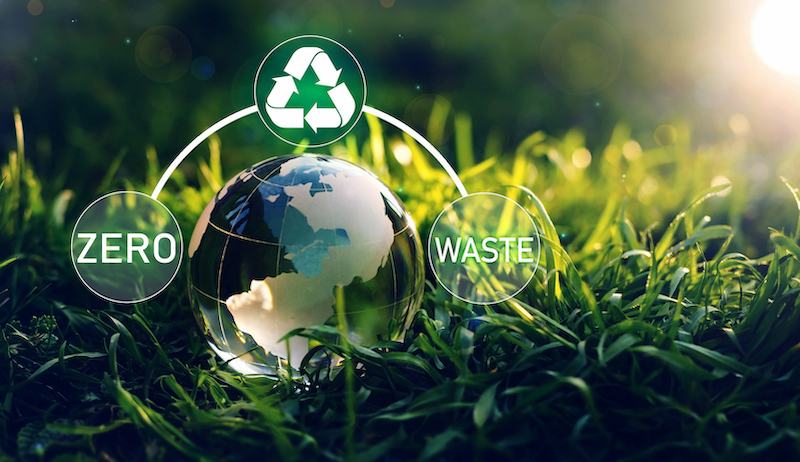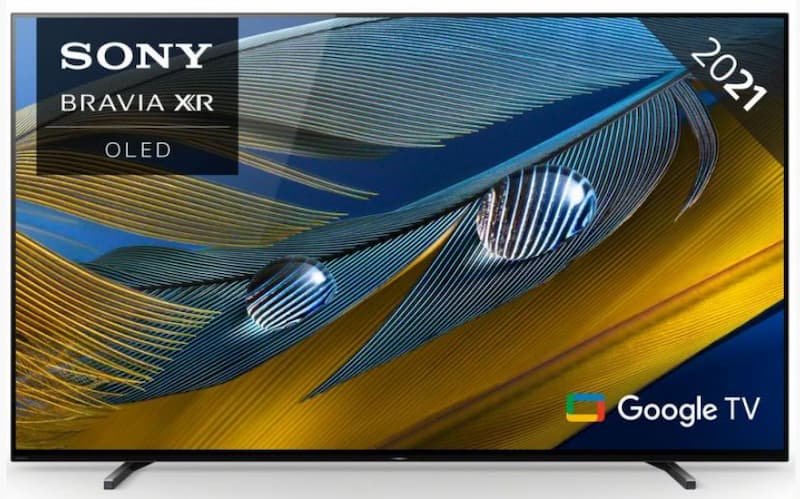Sustainability is paramount in today’s society. More and more consumers are making eco-conscious decisions when buying new products, so where do the tech giants stand on the topic? We explore some of the big brands in TV manufacturing and their work to improve their impact on the environment.
Reducing the Environmental Impact Through the Supply Chain
The manufacturing of TVs has a big impact on the environment. The most significant issue comes from sourcing new materials to create the devices. Although some plastic is 100% recyclable, in years gone by, the rate of recycled materials used to manufacture new TVs was relatively low. The industry, since then, has taken great strides to produce more conscientious products and reduced the use of virgin plastic by up to 60%.

The likes of Samsung, Sony and Panasonic have made great advances to ensure they work in a circular economy, aiming to use any waste that is no longer needed for products. For example;
- LG used around 20,000 tonnes of recycled plastics in 2020 to manufacture new products.
- Samsung works closely with specialised recycling facilities to collect e-waste rather than letting it go to landfills.
- Panasonic has even set up facilities worldwide where its products can be stripped down of reusable parts and disposed of the unusable components in an environmentally friendly way.
Each TV brand continues to work hard to reduce its waste and the energy the supply chain uses to manufacture the products, with collective goals to become carbon neutral by 2040.
Development and Research to Improve Sustainability
One of the biggest problems tech giants face when using recycled materials is the reduced quality of the TVs they produce. For example, during testing, it was discovered that the impact of recycled plastic compromised the sound the device created. In addition, using recycled plastic caused many other issues, especially for the likes of Sony, who prided themselves in their products’ almost perfect audio quality. After many years of research and development, they could ensure their customers were still receiving the excellent quality they were used to while still using recycled plastic.
Samsung invested around £13 billion in 2020 in development and research. This research included looking for ways to improve the sustainability of their products and supply chains. As a result, they committed to sourcing 100% renewable energy across all their sites. Interestingly, they have a stringent sustainability supply chain policy. They only use responsible suppliers for materials, and in their most recent report, 73% of their suppliers were given the excellency rating. The money is also spent on developing products to improve their energy efficiency and reduce their carbon footprint once installed in consumers’ homes.
Reduction in Packaging

If you have purchased a new TV recently, you may have noticed a significant change in the packaging it arrives in. Years ago, you knew when a neighbour had bought a new TV because the bright-coloured box, detailing the product’s impressive new features, would be sitting curbside waiting for collection. Unfortunately, whilst consumers believed this was an environmentally-helpful way of recycling the packaging, the boxes were coated in plastic which contaminated the recycling process. Tech giants have solved this problem with recyclable ink and removed the printed plastic coating, offering plain brown cardboard boxes with more information within the manual, which is also printed on recycled paper.
Samsung has certainly taken the lead in providing sustainable packaging. With their new range of Lifestyle TVs, the corrugated boxes they arrive in have dots printed on both sides with recycled ink. This matrix of dots allows consumers to cut them down much easier to make into usable pieces of furnishings, such as beds for pets, remote stands and many more creative ideas. In addition, they have reduced the information provided in the manual, offering a QR code that will take you to more information on your product online through a link. This reduced the need for printing booklets, reducing waste and the energy needed to produce the items.
Reducing the Energy a TV Uses
The biggest challenge in the manufacturing of TVs is producing energy-efficient devices. With so many large TVs, their displays and functions consume a lot of energy, so lessening this is imperative to reducing the world’s global footprint.

In the past five years, the industry has significantly reduced the energy rating of TVs by up to 60%. Unfortunately, this has seen the downfall of technology such as high-quality plasma screens, but with the development of LEDs, TVs can still provide impressive viewing quality with less power needed.
Reduce, Reuse, Recycle
With sustainability at the forefront of consumers’ minds when purchasing new products, many TV manufacturers have take-back schemes. This scheme allows you to trade in old tech when buying a new one. If the product is in good working order, companies may purchase the device from you. For example, Samsung offers substantial discounts on their mobile phone devices when you trade in old ones. Although there are fewer options to trade in an old TV, there are many recycling facilities up and down the country that can dispose of your old device without harming the environment.
There are many components from TVs that can easily be taken and reused. Take our cheap TVs, for example. All of our devices are refurbished TVs saved from landfill due to being in imperfect condition. We have 3D TVs, 4K TVs, and other smart TVs, at a range of sizes and prices from all the major manufacturers. Our TV engineers check the device for faults and fix what is needed to offer near new devices at a reduced price than purchasing them directly from a larger retailer. This process helps to reduce the e-waste heading to landfills and allows us to offer excellent prices for the latest TVs.
We also offer low-cost repair services. Even if you haven’t bought your TV from us, we will happily take a look and see if the device can be fixed, reducing the need to buy a new one, or offering the ability to gift your old appliance to friends and family when upgrading to a new TV. For more information on our TV repair service or to browse through our cheap LED TVs, you can take a look online or visit our warehouse in Birmingham.





